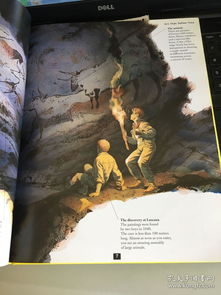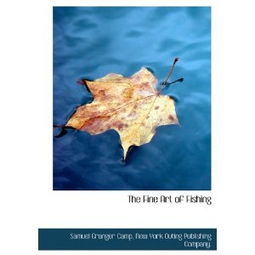The Art of Reading Floats: Essential Tips for Anglers
Fishing, an ancient pastime, has evolved into a sophisticated sport, with anglers employing a variety of techniques to outsmart their aquatic prey. One such technique involves the use of floats, also known as bobbers, which are crucial for determining when a fish has taken the bait. Understanding how to read a float is an art form in itself, and mastering this skill can significantly improve your chances of a successful catch. In this article, we will delve into the intricacies of float reading and provide you with essential tips to become a more skilled angler.
The Basics of Floats
Before we can discuss how to read a float, it's important to understand what it is and how it works. A float is a buoyant device attached to the line that rises or falls depending on the weight of the bait and the amount of water above it. When a fish bites, the float will move, signaling that a fish is on the line.
Types of Floats
There are various types of floats available, each designed for different fishing conditions and species. Here are some of the most common types:

- Balsa Wood Floats: These are the most traditional floats and are ideal for slow, still waters.
- Plastic Floats: These are durable and come in various shapes and sizes, making them versatile for different fishing scenarios.
- Bubble Floats: These are lightweight and excellent for detecting very light bites.
- Sinker Floats: These combine the action of a float with a sinker, allowing for more precise fishing depths.
Reading the Float
Now that we understand the basics, let's move on to the art of reading the float. Here are some key points to consider:
Understanding the Water Conditions: The behavior of a float can be affected by water currents, waves, and other environmental factors. Before casting, assess the water conditions and adjust your technique accordingly.
Learning the Float's Language: The movement of a float can tell you a lot about what's happening beneath the surface. Here are some common float movements and what they might indicate:
- Rapid Rise: This could mean a fish has taken the bait and is swimming away with it.
- Slow Rise: The fish might be more cautious, taking the bait and swimming off slowly.
- Sudden Drop: The fish might have taken the bait and is trying to pull it down quickly.
- Shallow Dip: The fish might be testing the bait or moving it around.
- Long Dip: The fish could be trying to swallow the bait or is feeling the weight of the hook.
Adjusting the Float Position: If you're not getting bites, try adjusting the position of the float. Moving it up or down the line can change the depth at which the bait is presented, which might trigger a strike.
Using the Right Sensitivity: Some floats are designed to be more sensitive, while others are stiffer. Choose a float that matches the type of fishing you're doing and the sensitivity you need.
Patience and Practice: Reading a float is an acquired skill that takes time and practice. Spend time observing the float's movements and learning to interpret them accurately.
Advanced Techniques
Once you've mastered the basics of float reading, you can explore more advanced techniques:
- The Use of Split Shot: Adding split shot to your line can help you achieve the desired depth and ensure the float is in the right position.
- Adjusting the Float's Buoyancy: Some floats come with adjustable buoyancy, allowing you to fine-tune the float's action to match the fishing conditions.
- Reading the Water: Pay attention to the water's surface and any disturbances it might indicate, such as fish activity or changes in water flow.
Conclusion
Reading a float is a skill that can elevate your fishing experience. By understanding the basics, interpreting the float's movements, and adjusting your technique accordingly, you'll be well on your way to becoming a more successful angler. Remember, the art of reading floats is a journey, and with practice and patience, you'll improve your ability to connect with the fish beneath the surface. Happy fishing!












